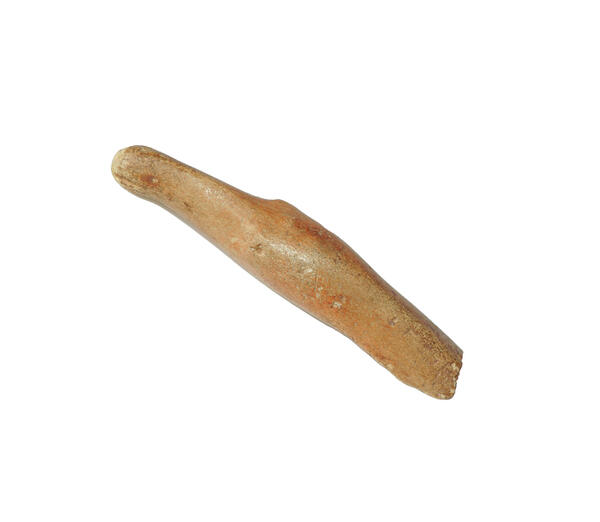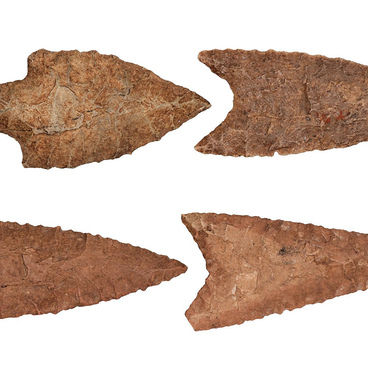In the Neolithic Age, sculpture of small forms was widespread: craftsmen made small statuettes out of bone and stone. Most often they recreated images of animals that surrounded early humans: the bear, the birds, the fish, the seal and especially moose.
In Siberia, the elk was a source of food as well as hides and fur, which were used to make warm clothing. Traditionally, Siberian peoples also worshipped the moose. On a par with the bear, the animal was considered to be the ‘master of the taiga’, and because of its large size and strength, many small nations called it only by respectful names — for example, ‘the older brother of the reindeer, ’ ‘the great beast’. This attitude was due not only to its appearance, but also to how much moose meant in people’s lives: well-being of a family and the whole tribe depended on a successful hunt.
Ethnographer Aleksey Okladnikov wrote:
In Siberia, the elk was a source of food as well as hides and fur, which were used to make warm clothing. Traditionally, Siberian peoples also worshipped the moose. On a par with the bear, the animal was considered to be the ‘master of the taiga’, and because of its large size and strength, many small nations called it only by respectful names — for example, ‘the older brother of the reindeer, ’ ‘the great beast’. This attitude was due not only to its appearance, but also to how much moose meant in people’s lives: well-being of a family and the whole tribe depended on a successful hunt.
Ethnographer Aleksey Okladnikov wrote:



